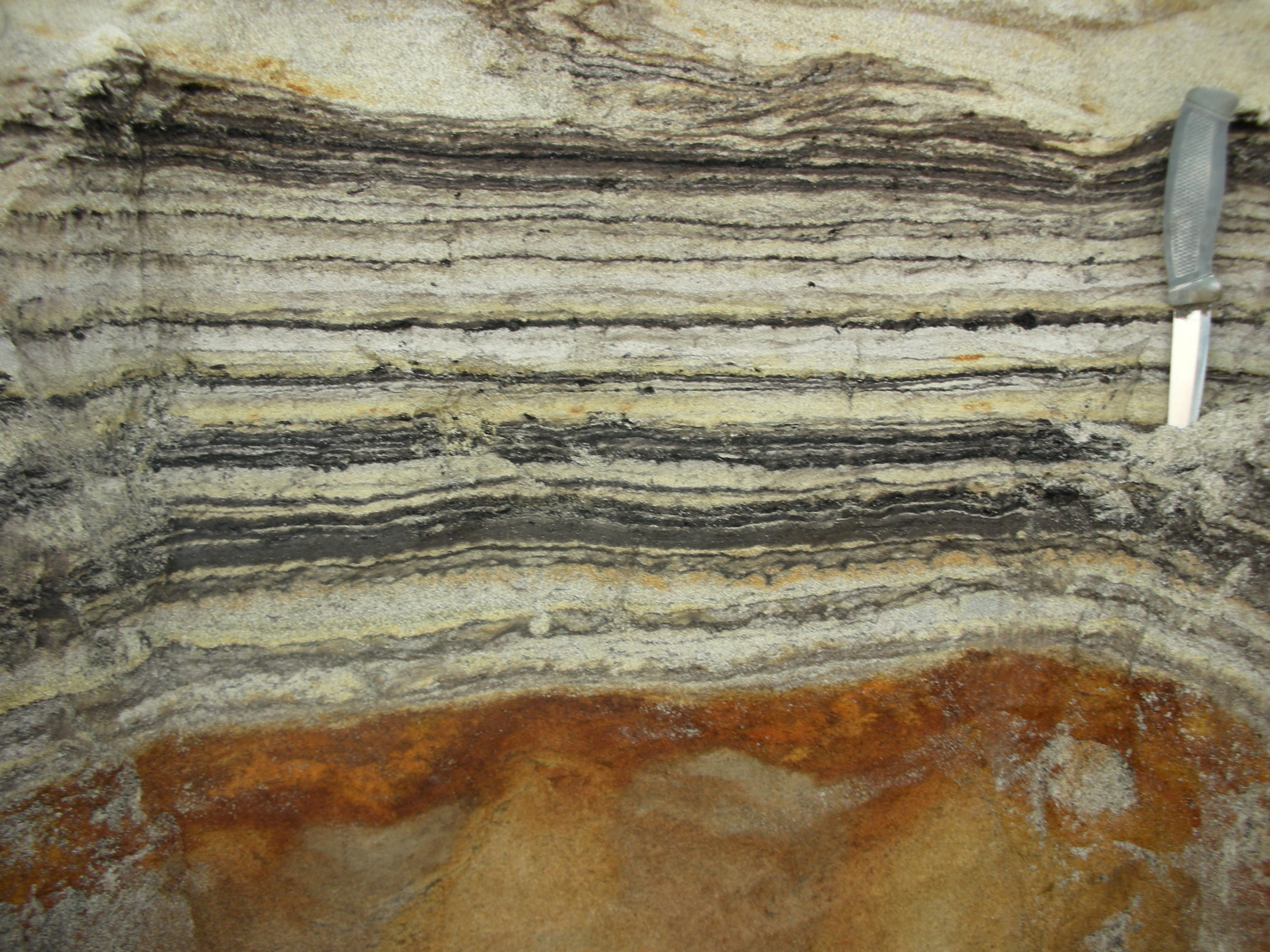Scientists have identified DNA from animals, plants and microbes From a few ago 2 million years, Ancient genetic material in sediments from the northernmost point of Greenland has been excavated at the mouth of an Arctic Ocean fjord, revealing a fascinating world lost far away.
Researchers reported on Wednesday that they have found fragments of DNA from panoply of animals such as mastodons, reindeer, rabbits, lemmings and geese, As well as plants etc poplar, birch and thuja, and microorganisms such as bacteria and fungi.
DNA is the self-replicating material that contains the genetic information of organisms, a kind of blueprint for life.
The Mastodon It is a relative of the elephant that roamed North and Central America about 10,000 years ago, along with many other large Ice Age mammals. The discovery shows that its distribution area was wider than previously believed.
“The mastodon was a big surprise. It had never been found in Greenland before. However, the biggest surprise was the unique ecosystem of arctic and temperate species mixed together without any modern analogue,” he said. SK WillerslevDirector of the Lundbeck Foundation’s Center for Geogenetics and responsible for the study published in the journal Nature.

“I don’t think anyone would have predicted that 2 million years ago, Greenland would be home to such a diversity of plants and animals. The weather was very similar to what we can expect in a few years due to global warming”, added Willerslev, who is affiliated with the University of Cambridge and Copenhagen.
Although ancient DNA is highly perishable, under the right conditions – in this case Permafrost– Can live longer than previously thought. Willerslev said he wouldn’t be surprised now to find DNA from 4 million years ago.
This discovery now opens a new chapter for paleogenetics.
“The DNA was able to survive for 2 million years, twice as long as any previously discovered DNA,” he explained to the agency. AFP Mikkel Winther Pedersen, one of the study’s lead authors.
“Rivers transported minerals and organic matter to the marine environment, where these terrestrial sediments were deposited. Then, at some point, about 2 million years ago, this underwater landscape re-emerged and became part of northern Greenland.
Cape Copenhagen today is an arctic desert. A wide variety of deposits have already been found there, including very well-preserved fossils of plants and insects.
Investigators did not attempt to trace the DNA of the objects found and had very little information about the animal’s existence.

The researchers’ work, which began in 2006, was able to find out Sketch of the region 2 million years ago.
2 million years ago, Greenland – “green land” in Danish – knew temperatures 11º to 17ºC higher than today, but, at these latitudes, the sun never sets during the summer months. or does not rise in winter.
“Nowhere else on Earth today do we see the connection of these species,” highlights the paleoecologist. This suggests that “species plasticity — the way species adapt to different types of climate — may be different than we previously thought,” he says.
Using innovative technology, the researchers discovered that the 41 fragments examined date back 1 million years to the previous record of DNA obtained from a Siberian mammoth bone.
It is important to determine if the DNA is hidden in the clay and quartz so that it can then be separated from the sediment for analysis.
The method used “provides a fundamental understanding of why minerals or precipitates can protect DNA. That is the Pandora’s box we are about to open“, explain Carina sandHe headed the geology group at the University of Copenhagen and was involved in the study.
For Winther Pedersen, with this discovery “we are breaking the barrier of what we thought we could achieve in terms of genetic studies.”
(With information from Reuters and AFP)
Continue reading:

:quality(85)//cloudfront-us-east-1.images.arcpublishing.com/infobae/OQW3EVR7SIE5ZLXBQOQYJKPNGM.jpg)
:quality(85)/cloudfront-us-east-1.images.arcpublishing.com/infobae/FVNTXGAGFIT3KQWJH5HYR4JCOY.jpg)

:quality(85)/cloudfront-us-east-1.images.arcpublishing.com/infobae/JKIPTNENEZDLBPMUABTQZEJVWE.jpg)
